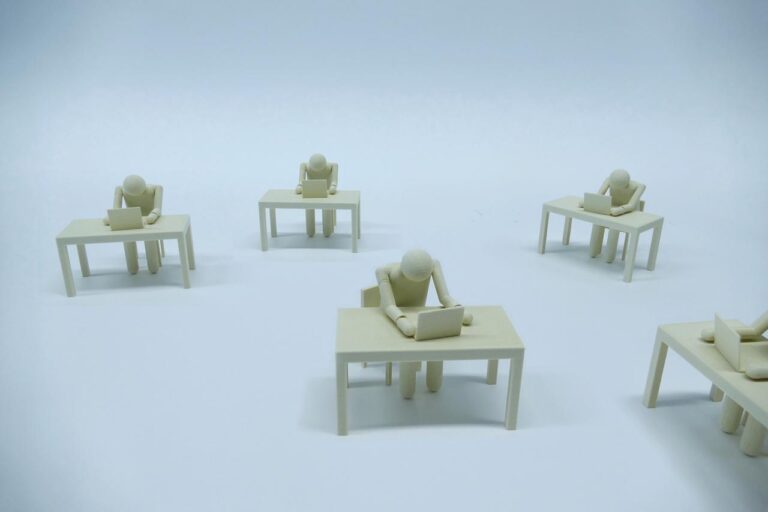Mackenzie Bouverat is a student at Harvard Law School.
In a near party-line vote this Sunday, the Senate took its second-to-final step toward seating Amy Coney Barrett on the country’s highest court, thwarting Senate Democrat’s efforts to stall the highly controversial confirmation. Trump’s third nominee to the Supreme Court, Barrett’s confirmation would consolidate a 6-3 conservative majority on the court. The confirmation is expected to be completed today.
As new coronaviruses cases continue to break records across the country and as ICUs near capacity, work-from-home is no longer popularly regarded as a temporary measure to curb the spread of the virus — increasingly, popular media reports on the phenomenon not as a novelty, but as an expectation of daily life for the foreseeable future (for, they often leave out, the white-collar workforce). Advice columns thus assail us with a dizzying litany of “strategies” to work “successfully” (productively) from home: avoid distractions, avoid domestic stresses, meal prep, meditate, dress for the office, focus on output (not hours worked), ensure that your family leaves you alone, distract your children, exercise, somehow keep your “home” life separate from “work,” use your lunch break to perform domestic chores, buy more bandwidth, classically condition yourself, schedule conference calls during your baby’s nap-time, keep a dedicated office space, make your calendar visible to your coworkers, block news apps from your phone (as distressing information is too distracting), “clean your damn desk.” And, of course, “don’t forget about career advancement.” Despite the apparent need to contend with the considerable challenges of working from home, BBC reports that only 12% of Americans desire a return to the office.
Far fewer columns advise on-site workers. For the lucky restaurant workers who remain employed, their job is just the same as before — except they must now comply with strict state regulations and against the backdrop of widespread resistance to safety regulations by customers. Capacity limits restrict tips; in August, restaurant sales were down an average of 34%. And the prognosis for the industry is dire: as dropping temperatures restricts outdoor dining and ushers in a “second wave” of infections, restauranteurs can expect further contractions in sales.






Daily News & Commentary
Start your day with our roundup of the latest labor developments. See all
December 10
In today’s News and Commentary, advocacy groups lay out demands for Lori Chavez-DeRemer at DOL, a German union leader calls for ending the country’s debt brake, Teamsters give Amazon a deadline to agree to bargaining dates, and graduates of coding bootcamps face a labor market reshaped by the rise of AI. Worker advocacy groups have […]
December 9
Teamsters file charges against Costco; a sanitation contractor is fined child labor law violations, and workers give VW an ultimatum ahead of the latest negotiation attempts
December 8
Massachusetts rideshare drivers prepare to unionize; Starbucks and Nestlé supply chains use child labor, report says.
December 6
In today’s news and commentary, DOL attempts to abolish subminimum wage for workers with disabilities, AFGE reaches remote work agreement with SSA, and George Washington University resident doctors vote to strike. This week, the Department of Labor proposed a rule to abolish the Fair Labor Standards Act’s Section 14(c) program, which allows employers to pay […]
December 4
South Korea’s largest labor union began a general strike calling for the President’s removal, a Wisconsin judge reinstated bargaining rights for the state’s public sector workers, and the NLRB issued another ruling against Starbucks for anti-union practices.
December 3
Public employees regain union rights in Wisconsin; Volkswagen workers strike in Germany; USPS calls NLRB unconstitutional